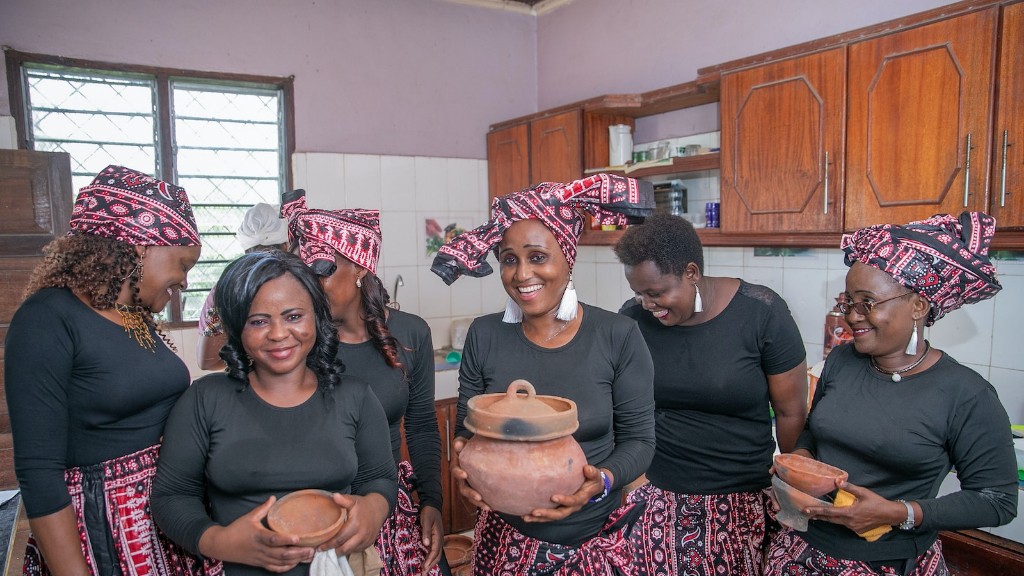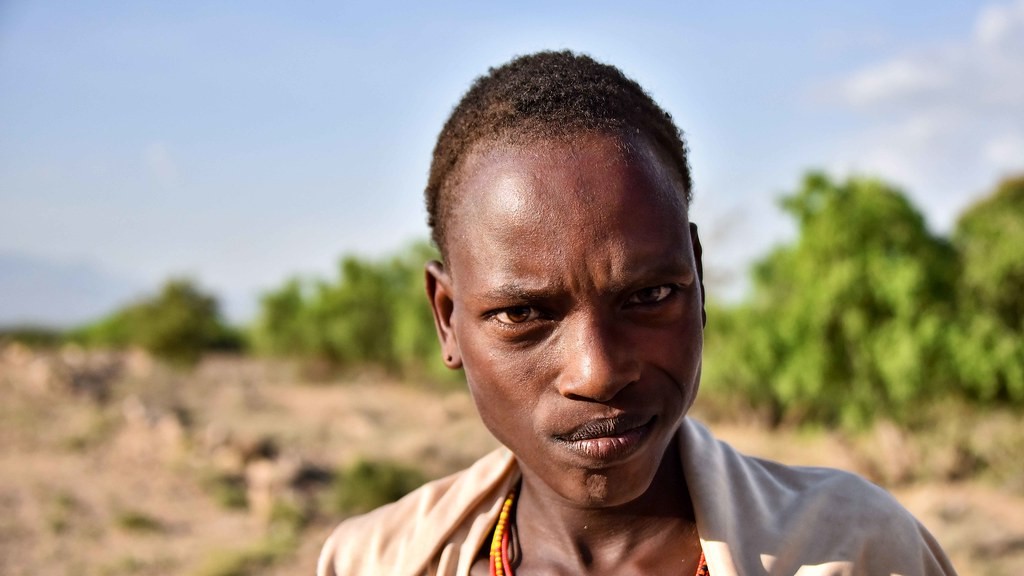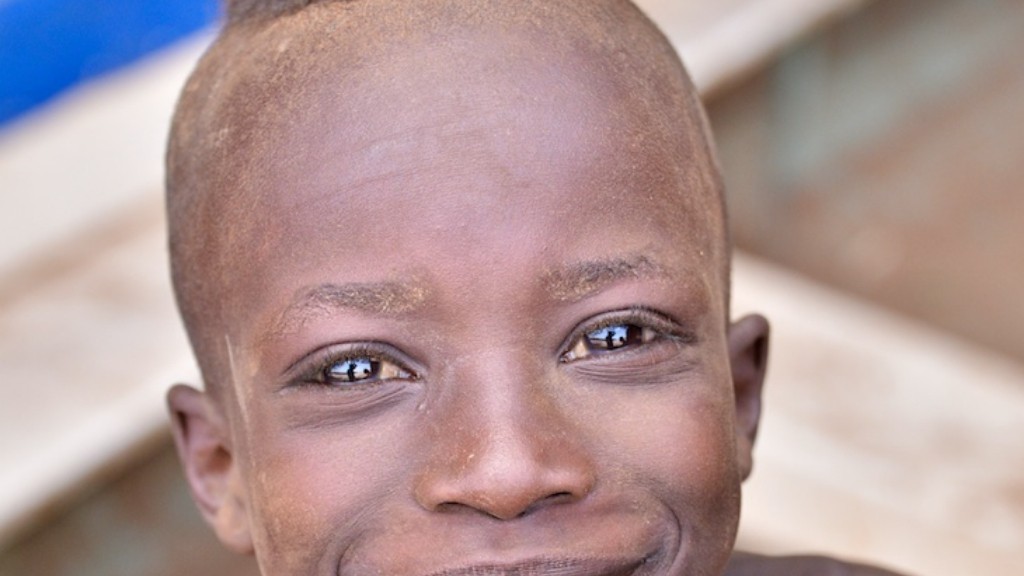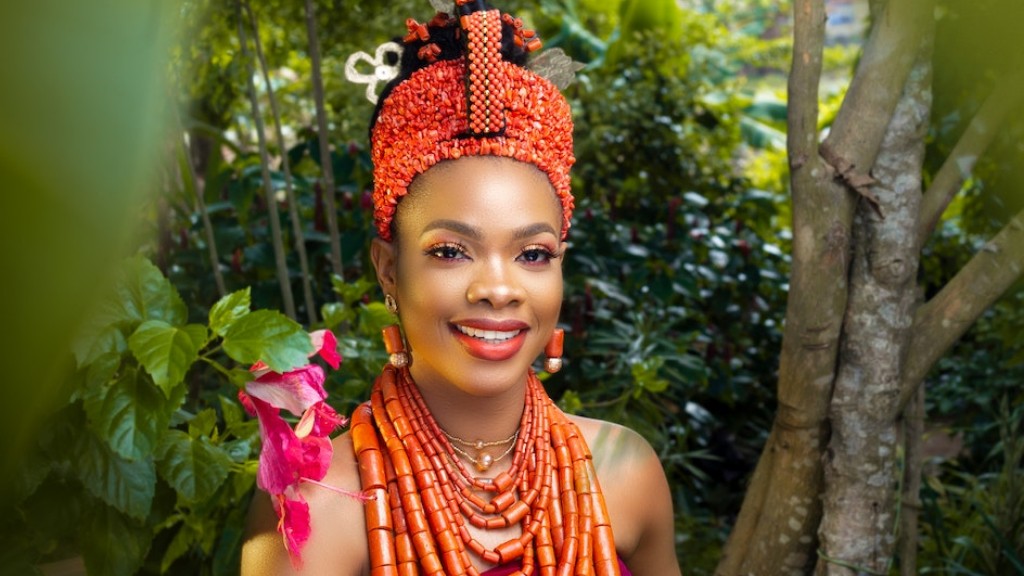African tribes have a rich cultural heritage, and color meanings play a significant role in their traditional practices and beliefs. Colors hold symbolic meanings that reflect their values, spirituality, and social customs. Understanding the significance of colors in African tribes provides insight into their history and the multifaceted nature of their traditions.
One example of the use of colors in African tribes can be seen in the Maasai tribe of Kenya and Tanzania. Among the Maasai, red holds substantial significance. The bright red color represents bravery, strength, and power. It is often associated with warriors and the bloodshed during battles. Red is also connected to the tribe’s social structure, as it symbolizes the unity and solidarity among the people.
Another color that holds great meaning in African tribes is green. In many tribes, green represents life, fertility, and abundance. Green is often associated with natural resources, such as plants and crops. The Himba tribe in Namibia, for example, reveres green as a symbol of growth and prosperity. It represents the vitality of the land and the tribe’s reliance on the environment for survival.
White is another color with significant cultural symbolism in various African tribes. In the Zulu tribe of South Africa, white symbolizes purity, innocence, and spirituality. During traditional ceremonies and rituals, white garments are worn to denote spiritual connections and the presence of ancestral spirits. White is also associated with wisdom and the power of knowledge.
Colors have different meanings in different African tribes, making it a complex and diverse subject. The Dogon tribe in Mali, for instance, ascribes unique symbolism to various colors. Blue, in their culture, represents water and the life-giving properties of the Nile River. It signifies fertility, regeneration, and the flow of life. Yellow, on the other hand, represents the sun, warmth, and enlightenment. It symbolizes wisdom, knowledge, and spiritual growth.
Experts in African anthropology emphasize the importance of understanding the context and cultural nuances in interpreting color meanings in tribes. Colors can vary in significance even within a specific tribe, depending on the social status or the purpose of the ritual. Therefore, a comprehensive understanding of the customs and traditions of each tribe is crucial to fully appreciate the significance of colors in their culture.
By exploring the color meanings in African tribes, we gain insights into their value systems and traditions. It reminds us of the profound connection between nature, spirituality, and everyday life. The use of colors in tribes serves as a reminder of the richness and diversity of African cultures, contributing to the preservation of their heritage in a rapidly changing world.
The Symbolism of Black
Black plays a significant role in many African tribes and carries various symbolic meanings. In some tribes, black represents death and mourning. It is often associated with ancestral spirits and the afterlife. However, black can also symbolize power, strength, and mystery. The San people of Southern Africa, for example, consider black to be a color of protection and spirituality. It is believed to offer a shield against evil spirits and negative energies.
Black also plays a crucial role in initiation rituals. For instance, among the Yoruba tribe in Nigeria, young boys wear black during their initiation into manhood. This color represents a transition from childhood to adulthood, symbolizing knowledge, responsibility, and resilience. The use of black in these rituals signifies the challenges one must overcome in the journey towards maturity.
Understanding the symbolic significance of black in African tribes provides a deeper understanding of their beliefs surrounding life, death, and spiritual protection. It highlights the intricate weave of cultural practices and the connection between colors and the human experience.
The Vibrancy of Yellow and Orange
Yellow and orange are vibrant colors commonly found in African tribal art, clothing, and rituals. These colors carry symbolic meanings that evoke energy, warmth, and sun-related concepts. In tribes like the Bambara of Mali, orange represents kinship and social harmony. It symbolizes the connection between different individuals, emphasizing the importance of community and cooperation.
Yellow, on the other hand, is associated with joy, prosperity, and positive energy. Among the Akan people of Ghana, the color yellow is closely linked to gold, which represents wealth and abundance. Yellow is also connected to the sun, portraying its life-giving properties and the light that guides the path towards success and good fortune.
These vibrant colors not only add aesthetic value but also reflect the tribes’ desire for unity, happiness, and prosperity. They serve as visual representations of the tribes’ aspirations and ideals, reinforcing their cultural identity and a profound connection to their environment.
The Mystique of Purple and Blue
Purple and blue are colors that carry an aura of mystique and spirituality in many African tribes. Purple, often associated with royalty and luxury in Western cultures, takes on additional meanings in African tribes. It symbolizes spirituality, wisdom, and the supernatural.
In the BaKongo tribe of the Democratic Republic of Congo, purple is regarded as a sacred color, representing the interconnectedness between the physical and spiritual worlds. It serves as a reminder of the tribe’s strong belief in ancestral spirits and the presence of the divine in their daily lives.
Blue, as mentioned earlier in the Dogon tribe, represents water and its life-giving properties. Besides its association with fertility and regeneration, blue is also connected to calmness, peace, and serenity. The Tuareg tribe of North Africa greatly values the color blue, as they believe it protects them from evil forces and ensures spiritual well-being.
The inclusion of purple and blue in the color palette of African tribes underlines the importance of spirituality and the metaphysical world in their cultural fabric. These colors invite contemplation and a sense of wonder, emphasizing the tribes’ close relationship with the spiritual realm.



